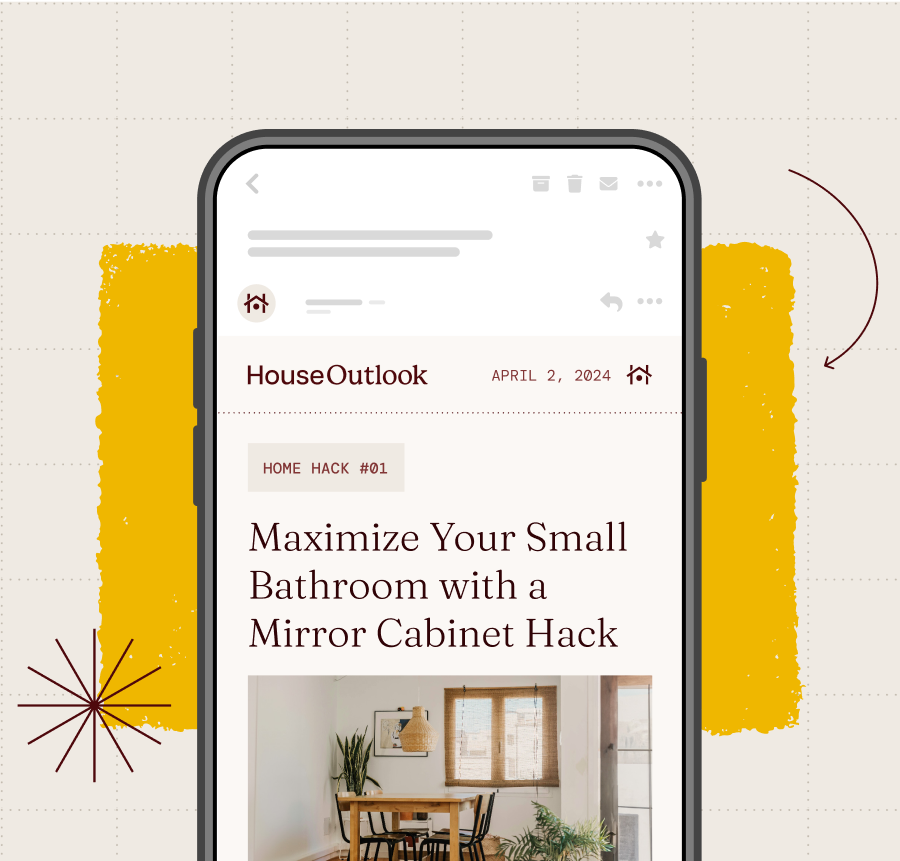Even when the thermostat is set to 68 degrees, some spaces still feel chilly. Picture a barren doctor’s office with overhead lighting and sparse, soulless furniture. Compare that discomfort with the sense of ease you feel when relaxing under a tree. You want to recreate that warm, protected atmosphere at home — it should feel…
The secret to a cozier space is a concept interior designer Hans Lorei calls “enclosure.” Take a chair, for example. By itself, a single chair is isolating. But add a lamp next to it, enclosing one side, and it instantly becomes more inviting. Place a drink table on the other side and a footstool in front — more layers of enclosure — and suddenly it’s a haven. This is why alcove and canopy beds are so comforting, and why open floor plans are sometimes too open, creating an unwelcoming feeling.
Interior designer Kathy Kuo also swears by this approach. “My primary goal with all of my design clients is to help them feel safe, loved, and nurtured in their homes,” Kuo says. “Enclosure theory really speaks to the heart of that ethos.” Beyond its emotional impact, enclosure has practical benefits, too. “An armchair with a floor lamp on one side and a side table on the other is going to serve you much better — especially when you want to sit down with a book or a mug of coffee — than it would if all of those pieces were in isolation,” Kuo adds.
More from our network
House Outlook is part of Inbox Studio, which publishes content that uplifts, informs, and inspires.
How To Incorporate Enclosure Theory Into Every Room of Your Home
Dining Room: Hang a pendant light above the table to enclose it from above, while dining chairs surround it on all sides.
Living Room: Use a console table behind the sofa for back enclosure and a coffee table in front to anchor the space. For a reading nook, try enclosing a chair with a tall plant and a small side table.
Bedroom: Nightstands on either side of the bed act like bookends. A headboard and footboard add to the cocoon-like effect.
Patio: An umbrella over outdoor seating not only offers shade but also creates a defined, comforting zone.
Studio: In open-concept spaces, room dividers provide a sense of intimacy.
Office: Position a bookshelf beside a desk to carve out a supported workspace.
Remember: If you’re feeling exposed, get enclosed. It’s a small shift that can make a significant emotional difference.



















